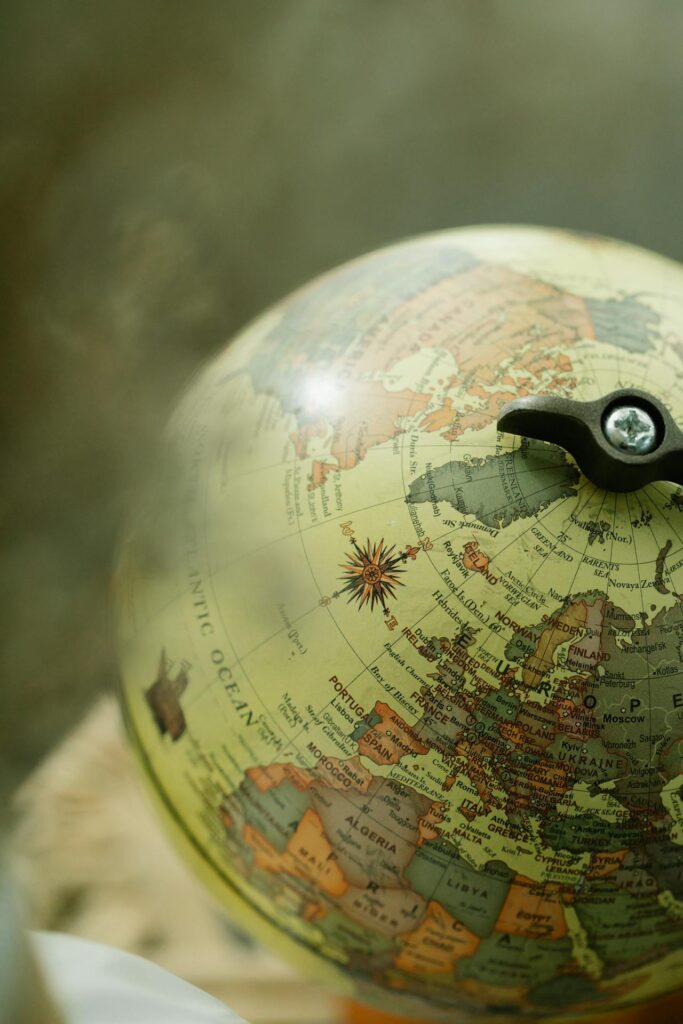The differences in M&A activity across different markets can be attributed to various factors, including economic conditions, regulatory frameworks, cultural considerations, and industry dynamics. Here’s a breakdown of some key differences:
-
Regulatory Environment:
- North America: Generally has well-established regulatory bodies such as the Securities and Exchange Commission (SEC) in the United States and regulatory frameworks that facilitate M&A transactions. Antitrust regulations are rigorously enforced.
- Europe: The European Union has its own regulatory bodies governing M&A activity, such as the European Commission. Regulations can vary significantly between EU member states, which can add complexity to cross-border transactions.
- Asia: Regulations regarding M&A transactions vary widely across Asian countries. Some countries have stringent regulations, while others have more relaxed rules, which can impact the ease of conducting transactions.
- Latin America and Africa: Regulatory environments in these regions can also vary greatly between countries, with some having relatively stable and predictable regulatory frameworks, while others may present more challenges.
-
Cultural Considerations:
- North America and Europe: Generally have well-established business cultures and practices that may be more aligned with Western norms. Negotiation styles and corporate governance practices tend to be more similar.
- Asia, Latin America, and Africa: Cultural differences can significantly impact M&A negotiations and post-merger integration. Relationship-building and respect for local customs are often crucial in these regions.
-
Industry Dynamics:
- North America and Europe: Home to a wide range of industries, including technology, healthcare, finance, and manufacturing. M&A activity is often driven by innovation, consolidation, and strategic expansion into new markets.
- Asia: Known for its dynamic technology sector, but also sees significant M&A activity in industries such as automotive, telecommunications, and consumer goods.
- Latin America and Africa: Industries such as energy, mining, telecommunications, and consumer goods are prominent. M&A activity may be influenced by commodity prices, government policies, and infrastructure development.
-
Economic Conditions:
- Developed Markets (North America and Europe): M&A activity may be influenced by factors such as GDP growth, interest rates, and investor sentiment.
- Emerging Markets (Asia, Latin America, and Africa): Economic growth rates, political stability, and infrastructure development play significant roles in shaping M&A activity. These markets may offer growth opportunities but also come with higher risks.
-
Deal Size and Frequency:
- M&A deals in North America and Europe tend to be larger in size, driven by mega-deals involving multinational corporations.
- In emerging markets like Asia, Latin America, and Africa, M&A deals can vary widely in size, with a mix of large-scale transactions and smaller deals involving local or regional players.
Understanding these differences is crucial for companies and investors navigating the complexities of M&A transactions across different markets. Flexibility, cultural sensitivity, and thorough due diligence are essential for successful deals regardless of the region.
Some Examples and Statistics
Here are some statistics and examples from different continents and countries:
-
North America:
According to Statista, the total value of M&A deals in North America amounted to $1.75 trillion in 2021.
- Examples:
- Microsoft’s acquisition of LinkedIn in 2016 for $26.2 billion.
- The Walt Disney Company’s acquisition of 21st Century Fox in 2019 for $71.3 billion.
- The merger of AT&T and Time Warner in 2018, forming WarnerMedia.
- Examples:
-
Europe:
M&A activity in Europe reached a total value of €1.2 trillion in 2021, as reported by Mergermarket.
- Examples:
- Bayer’s acquisition of Monsanto in 2018 for $63 billion.
- Royal Dutch Shell’s acquisition of BG Group in 2016 for $53 billion.
- LVMH’s acquisition of Tiffany & Co. in 2020 for $16.2 billion.
- Examples:
-
Asia:
Asia-Pacific saw M&A deals worth $1.4 trillion in 2021, according to Refinitiv.
- Examples:
- SoftBank’s acquisition of ARM Holdings in 2016 for $31.4 billion.
- Tencent’s acquisition of Supercell in 2016 for $8.6 billion.
- Mitsubishi UFJ Financial Group’s acquisition of Morgan Stanley Japan in 2010 for $9 billion.
- Examples:
-
Latin America:
M&A activity in Latin America amounted to $64.2 billion in 2021, per Mergermarket.
- Examples:
- Ambev’s acquisition of Cervecería Nacional Dominicana in 2012 for $1.24 billion.
- Natura’s acquisition of Avon Products in 2019 for $3.7 billion.
- América Móvil’s acquisition of Nextel Brazil in 2019 for $905 million.
- Examples:
-
Africa:
M&A activity in Africa reached $23.3 billion in 2021, according to Baker McKenzie.
- Examples:
- MTN Group’s acquisition of Nigerian Telecommunications Limited in 2015 for $5.6 billion.
- Vodacom Group’s acquisition of Safaricom in 2017 for $2.6 billion.
- Total’s acquisition of Anadarko’s assets in Africa in 2019 for $8.8 billion.
- Examples:
These statistics and examples provide a glimpse into the diverse landscape of M&A activities across different continents and countries. M&A deals can vary widely in terms of value, industry, and strategic objectives.

